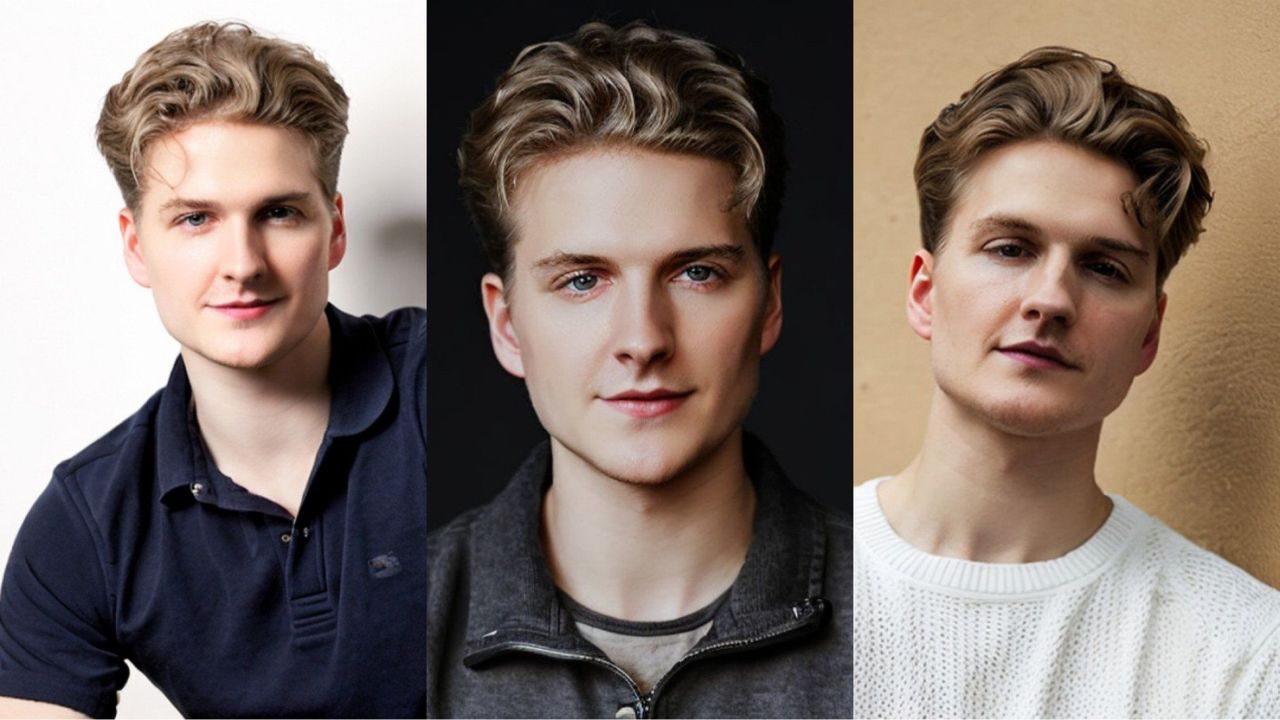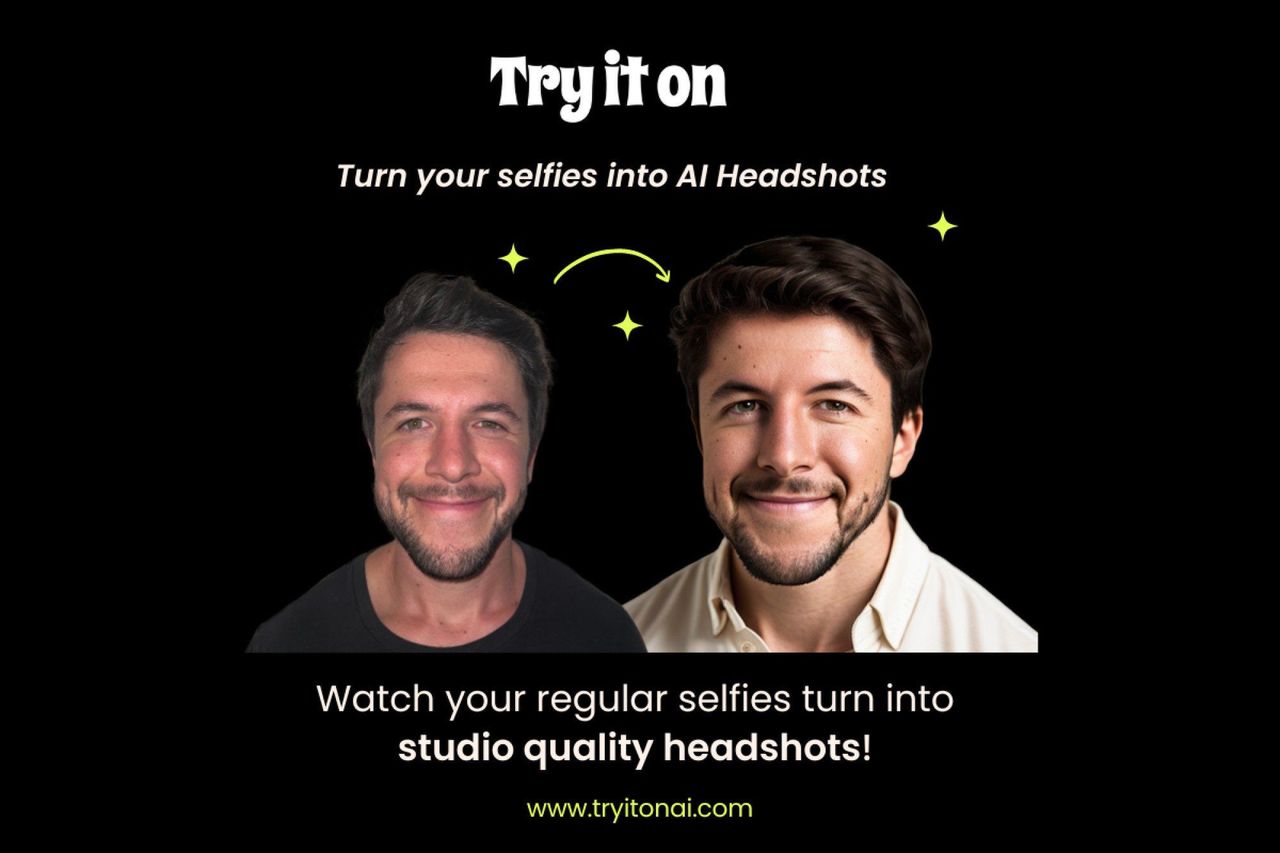Try It On charges US$17 for 100 AI-generated images based on users’ photos, which are described as good enough to skip a photo shoot.
Busy professionals looking to upgrade their LinkedIn profiles without spending time and money on a professional photo shoot may be in luck: artificial intelligence (AI) can now offer cost-effective alternatives.
This is the burgeoning area that Hong Kong start-up Try It On has entered. The company uses AI technology to generate “professional studio quality headshots” entirely online. Instead of visiting a studio, a user pays US$17 to upload existing photos of themselves to the platform and typically gets a series of AI-generated portraits over the course of the next day.
Lea Schleiff, a student in Essen, Germany, and a cloud solutions consultant at IBM, said she was long overdue for a new profile photo when she saw a post about Try It On on Microsoft’s professional social network LinkedIn.
“I wanted a new headshot, but I didn’t have time to book a studio appointment, find the right outfits, all those things, and it was not high on my priority list,” she said.
 South China Morning Post tech reporter Dylan Butts gives Try It On a
spin, to varying results. Some images warp features in ways that do not
match the original subject, sometimes leaving users with only a few
ideal options out of a batch of 100.
South China Morning Post tech reporter Dylan Butts gives Try It On a
spin, to varying results. Some images warp features in ways that do not
match the original subject, sometimes leaving users with only a few
ideal options out of a batch of 100.
After Schleiff uploaded photos to Try It On, she received 100 AI-generated photos within 24 hours. However, only five of those images were not obviously created by AI, she said.
Other users who spoke to the South China Morning Post had similar results, with the system exaggerating specific characteristics or struggling with eyes, bodies and dark skin.
Still, to many Try It On users, five good photos out of 100 was enough. One customer said she would only expect six usable photos out of 100 from a human photographer.
“My favourite one looked pretty similar to me, even though it looks like it was touched up by an editor,” said Schleiff. “But I thought it was definitely better than my old photo, so I’m using it for my LinkedIn.”
 Try It On co-founder Nathan Landman advertises his company’s AI-generated portraits.
Try It On co-founder Nathan Landman advertises his company’s AI-generated portraits.
Try It On was founded in December 2022, a month after San Francisco-based start-up OpenAI released its viral chatbot ChatGPT, which pushed generative AI into mainstream consciousness. OpenAI is also the creator of the text-to-image AI system Dall-E.
Thanks to word of mouth on social media and the hype surrounding generative AI, Try It On says it has generated more than 12 million photos in the service of more than 90,000 clients.
“First, the AI learns what a person looks like from their past photos, then it makes inferences based on that information to generate new photos in a style of their choosing,” said Nathan Landman, co-founder of Try It On.
“For example, if you wear a lot of colour in your photos, our model will register those personal preferences and try to generate results that it thinks you will like,” he added.
Landman first studied artificial intelligence and machine learning at the Massachusetts Institute of Technology, where he received a master’s of engineering in 2018. In 2021, Try It On co-founder Adriana Lica, an entrepreneur and former fashion photographer, started using Jasper AI, generative AI software for marketing and design.
Generative AI has made massive strides since the entrepreneurs started working with it, said Landman, a trend he expects to continue.
“I guarantee you, within six months, some models will be able to do accurate full-body photos with very detailed faces,” he said.
Try It On relies on a number of widely available AI tools to generate its images, such as StabilityAI’s text-to-image model Stable Diffusion, which can currently be accessed for free. But the founders believe that their experience using the AI software and modifying it to their specifications will keep them ahead of growing competition.
“There’s not one specific tool that can do everything,” Landman said. “It’s about putting together several tools to engineer something that better produces the desired results.”
Lica added that the photo style choices that Try It On offers are based on a curated portrait library, which contains much of her past work. The company also works with freelance editors that can do additional “human touch” fixes on photos for an extra charge.
For this reason, Lica is somewhat dismissive of common fears that generative AI services are coming for creative jobs like those of professional photographers, stylists and photo editors.
“This technology can be used to scale up a creator’s work, not replace it,” she said, adding that the company is in talks with some photographers on a revenue-sharing model, in which the artists provide photo styles that can be used to train AI.
Still, according to Landman, AI technology will create a huge shift in the professional photo business, and could expand its accessibility to professionals working in remote companies or lacking certain resources.
“A lot of the time, the people buying our product would otherwise struggle to get a photo shoot done due to the time or financial constraints, so it’s nice to be able to provide them an alternative.”















